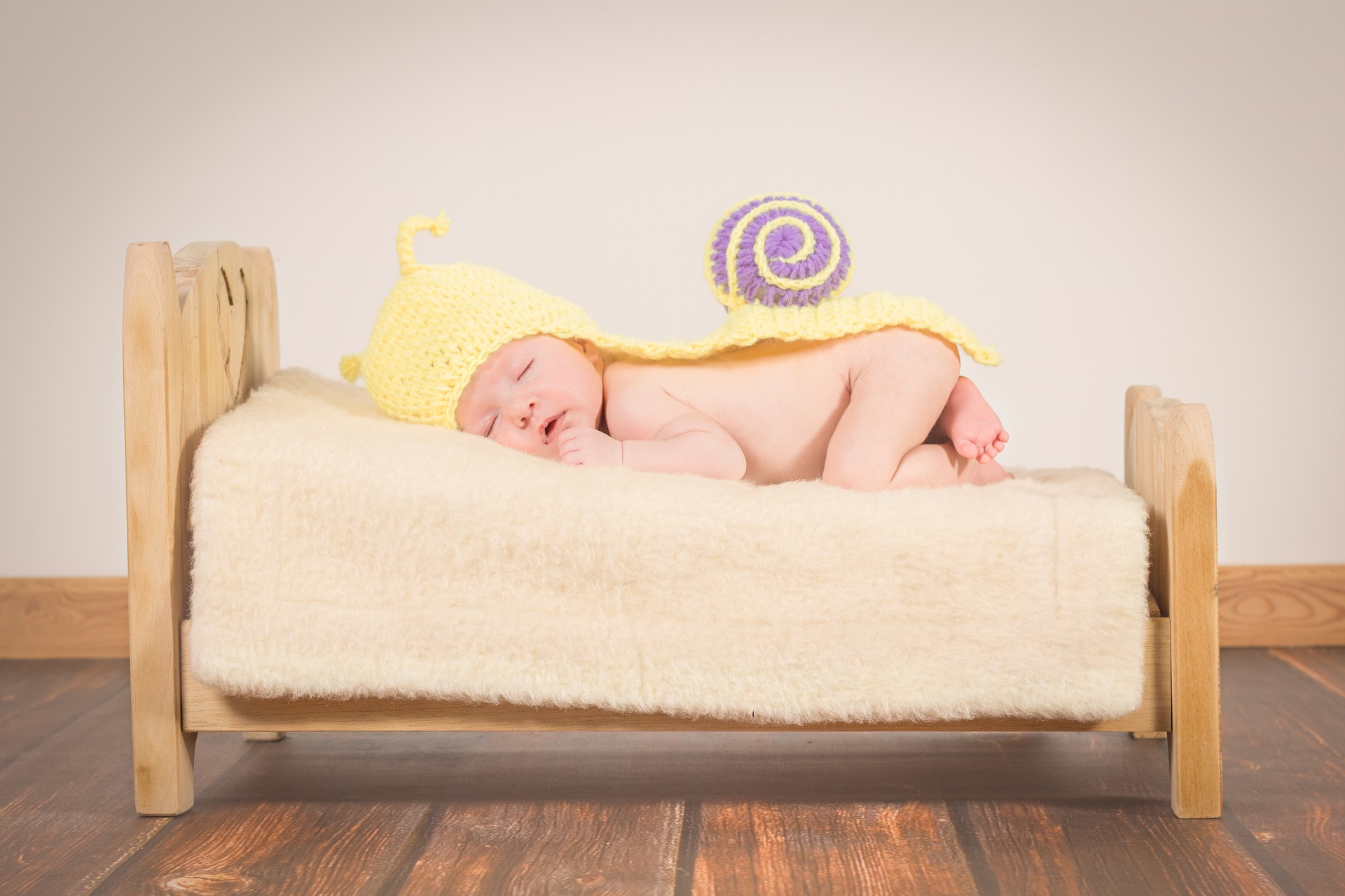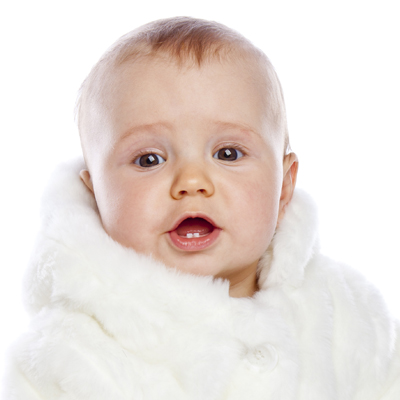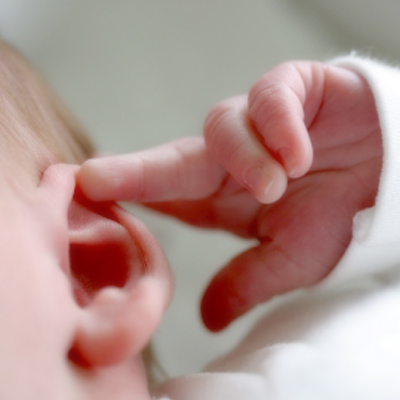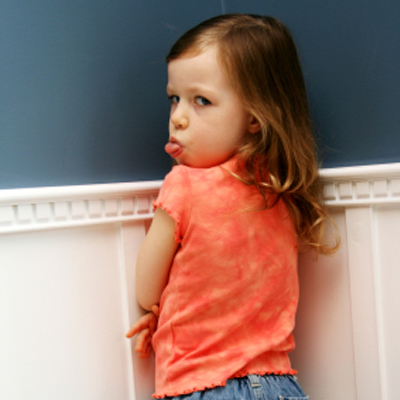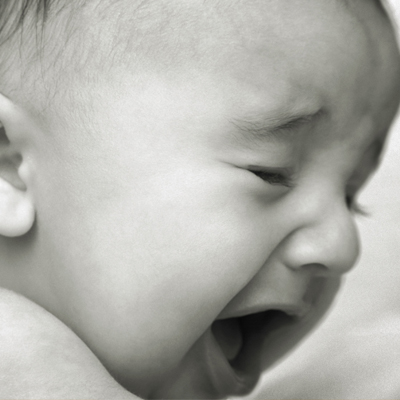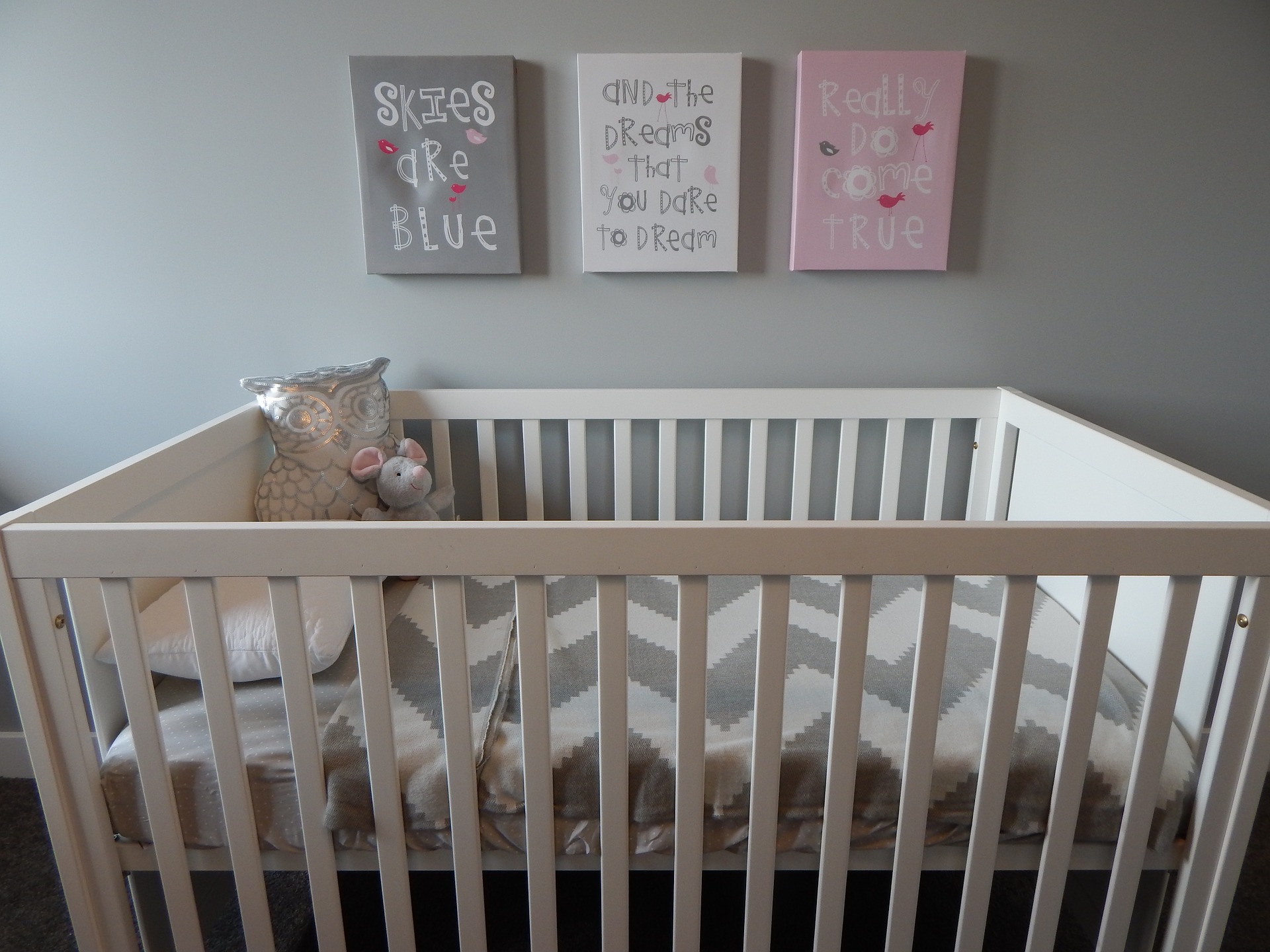Hand, foot and mouth disease
Here's yet another reason to teach kids to wash their hands well and often: it can help prevent the spread of hand, foot, and mouth (HFM) disease. Hand, foot, and mouth disease is a common contagious illness caused by viruses from the enterovirus family, most commonly the coxsackievirus. These viruses live in the body's digestive tract and spread from person to person, usually on unwashed hands and surfaces contaminated by feces (poop). Kids 1 to 4 years old are most at risk for the disease, as infections are common in childcare centers, preschools, and other places where kids are in close quarters. The illness typically lasts 3-5 days. Outbreaks are most common during the warm summer and early fall months, but can happen year-round in tropical parts of the world. Hand, foot, and mouth disease is not the same as hoof and mouth disease, which is an unrelated illness that affects barnyard animals and livestock. Signs and Symptoms HFM causes painful blisters in the throat, and on the tongue, gums, hard palate, or inside the cheeks. Blisters are red with a small bubble of fluid on top. They often peel, leaving an ulcer, which is a sore with a reddish base. The soles of the feet and the palms of the hands may have a rash that can look like flat red spots or red blisters. Occasionally, a pink rash may be seen on other parts of the body, such as the buttocks and thighs. However, some kids will have no problems other than sores in the back of the throat. It can be hard for parents to tell if a child (especially a very young one) has HFM disease if sores are only inside the mouth or throat. Very young kids might not be able to communicate that they have a sore throat, but if a child stops eating or drinking, or wants to eat or drink less often, it's a sign that something is wrong. A child with HFM also might:
TreatmentIf your child is very irritable or refusing food or drink, it's time to see the doctor. While there is no medical cure for HFM disease (the illness needs to run its course), the doctor can recommend home care to make your child more comfortable during recovery. Acetaminophen or ibuprofen can be given to help a child who is achy or irritable, or to ease painful mouth sores or discomfort from fever. But do not give aspirin to children or teens, as it may cause a rare but serious illness called Reye syndrome. A child who has trouble swallowing might be prescribed "magic mouthwash"— a mixture made by pharmacists that can be dabbed onto sores to ease pain. Cold foods like ice cream and popsicles also help by numbing the area, and will be a welcome treat for kids who have trouble swallowing (and even those who don't!). Kids with blisters on their hands or feet should keep the areas clean and uncovered. Wash the skin with lukewarm soap and water, and pat dry. If a blister pops, dab on a bit of antibiotic ointment to help prevent infection and cover it with a small bandage. Make sure your child drinks plenty of fluids to stay hydrated. Call your doctor if your child remains very irritable, can't be comforted, is sluggish, or seems to be getting worse. Your child also may need to see the doctor if he or she looks dehydrated, with signs like a dry tongue, sunken eyes, or decreased urine output. HFM disease usually clears up within several days to a week and kids recover completely. Very rarely, it can lead to complications such as viral meningitis (infection of the fluid around the brain and spinal cord) or encephalitis (infection and inflammation of the brain). Preventing the SpreadThere is no vaccine to prevent HFM disease or other similar infections. HFM is contagious and can spread through contact with feces, saliva, mucus from the nose, or fluid from the blisters. Keep kids home from school and childcare while they have a fever or open blisters on the skin and in the mouth. Even after kids recover, they can pass the virus in their stool for several weeks, so the infection still can spread to others. Hand washing is the best protection. Remind everyone in your family to wash their hands often, especially after using the toilet or changing a diaper, and before preparing or eating food. Shared toys in childcare centers should be cleaned often with a disinfectant because many viruses can live on objects for a few days. Retrieved From: http://goo.gl/alPGJl
|
|






